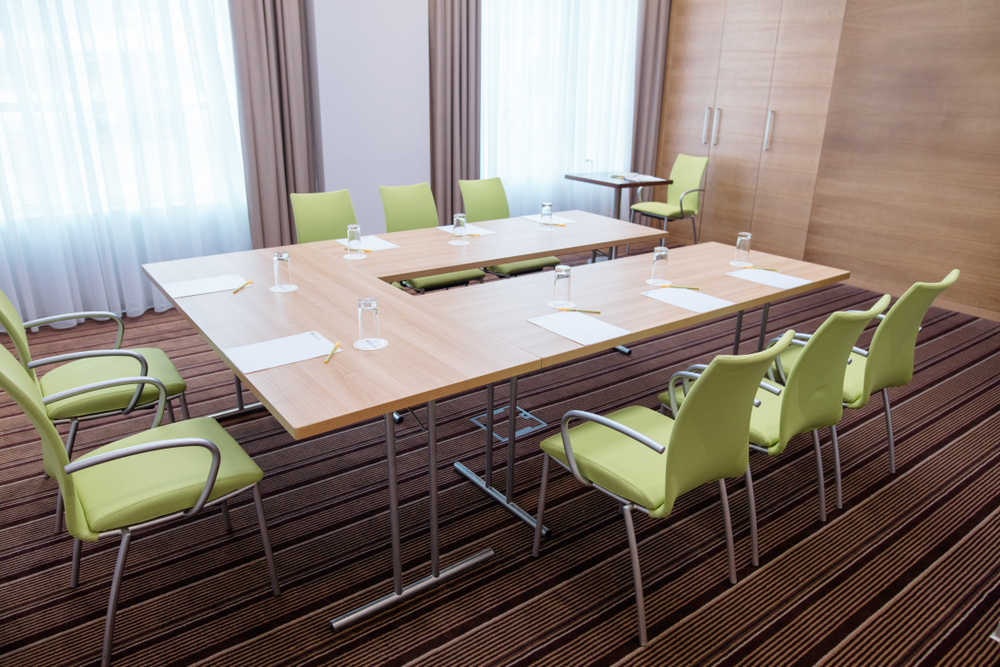When people talk about cities, two terms often get tossed around — urbanism and urban design. They might sound like twins, but they play very different roles in shaping how we live, move, and interact in our cities. Urbanism is the grand idea — the social and cultural philosophy of how cities evolve. Urban design, on the other hand, is the craft of making those ideas real through planning, architecture, and infrastructure. And in that practical space between philosophy and functionality, you’ll find something deceptively simple but profoundly important: the street furniture in Melbourne and beyond. From benches to bus shelters and public art, these everyday fixtures bring the principles of urbanism to life in tangible ways. The best park furniture manufacturers understand that a well-placed seat or shade structure doesn’t just fill space — it defines how people use it.
Urbanism: The Heartbeat of City Living
Urbanism is about people. It’s the study and celebration of how we live together in shared spaces — the vibrancy of local cafés, the hum of public transport, the energy of outdoor markets. Urbanists look at the big picture: sustainability, accessibility, walkability, and community.
But even the most visionary ideas about how we should live fall flat without the tools to make them real. That’s where urban design steps in, and where the street furniture in Melbourne and other major Australian hubs becomes an integral part of how cities express themselves.
Urban Design: Turning Vision into Reality
Urban design takes the ideals of urbanism and translates them into physical form. Think plazas, laneways, parks, and waterfronts — the spaces that bring communities together. But no public space feels complete without the right details: comfortable seating, shady bus shelters, or thoughtfully designed waste bins that blend into their surroundings.
Quality design at this level doesn’t just look good, it changes behaviour. When people have access to well-designed spaces, they stay longer, connect more, and feel safer. That’s why street and park furniture manufacturers play such an important role in creating liveable cities. Their work may seem small-scale, but it’s fundamental to the larger urban ecosystem.
Furniture as the Bridge Between Philosophy and Function
What’s fascinating is how something as humble as streetscape furniture bridges the gap between abstract urban ideals and the lived human experience. Every bench, picnic table, or bike rack is a micro-intervention that influences how people rest, wait, or socialise.
A beautifully designed park seat, for instance, encourages people to linger in green spaces, reinforcing urbanism’s goal of fostering connection and wellbeing. A durable, locally made structure designed by trusted streetscape furniture manufacturers contributes not only to user comfort but also to sustainability and community identity.
The Future of Urbanism Is Functional
As Australian cities continue to grow, the future of urbanism and urban design will depend on how well we balance beauty, practicality, and inclusivity. Well-designed public infrastructure, which includes the street furniture in Melbourne and other major cities, ensures that city life remains accessible, enjoyable, and distinctly local. From stylish bus shelters that protect commuters from Melbourne’s unpredictable weather to eco-conscious seating made by skilled park furniture manufacturers, every design decision shapes how our cities feel and function. In the end, urbanism might inspire the vision, and urban design might provide the blueprint — but it’s the details, the tangible touches of street and park furniture, that truly bring the city to life.






